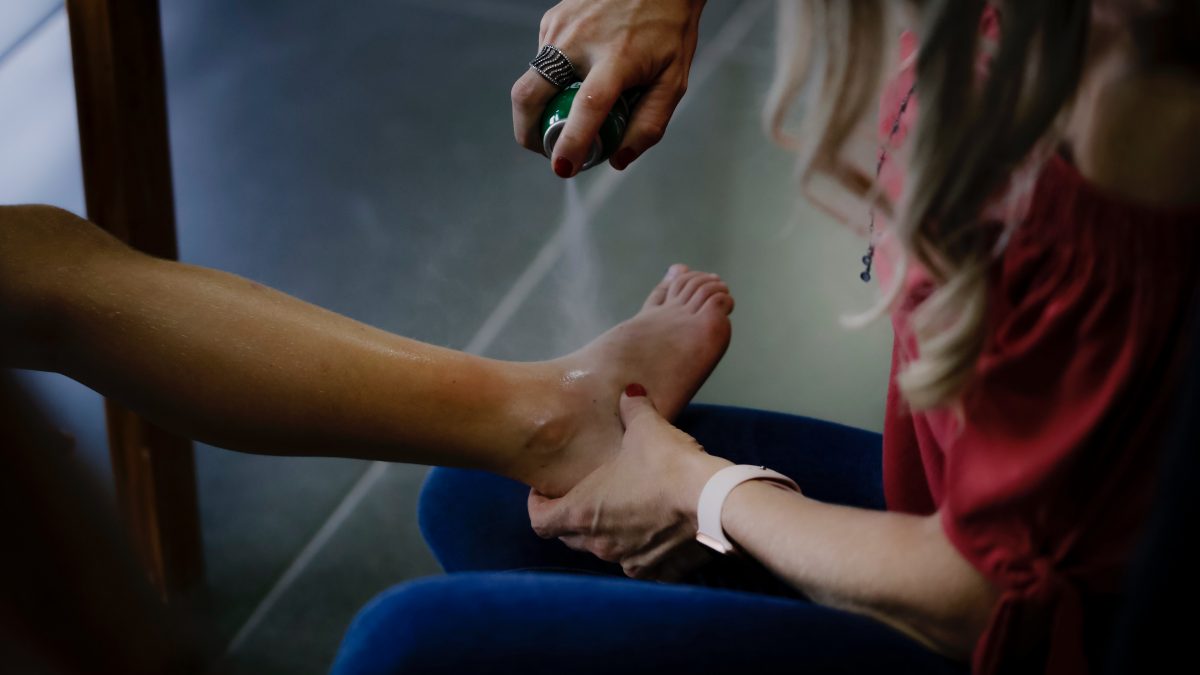Rest And Wass – How to Avoid Work-Related Repetitive Strain Injuries. – Learn about the symptoms, treatments, and how to prevent work-related repetitive strain injuries. Tips for Work from the home office.
RSI and WMSDs are the most common injuries that affect. The worker and the corporate world.— Inadequate workplaces, repetitive movements, pressures, etc. RSI and WMSD are practically the same things. Both represent lesions of the musculoskeletal system. which It is elementary to Not confuse the terms, as the similarity between the symptoms is significant.
Table of Contents
What is LER?
RSI – Repetitive Strain Injury is a syndrome that includes a group of diseases with symptoms such as pain in the upper limbs and fingers, difficulty moving them, tingling, muscle fatigue and reduced range of Not motion. This syndrome consists of a group of diseases. – Tendinitis, tenosynovitis, bursitis, epicondylitis, and carpal tunnel syndrome.
What is DORT?
Also called WMSD – Work-Related Musculoskeletal Is Disorder, LTC – Cumulative Trauma-Injury, AMERT – Work-Related Muscular Disorders or repetitive movement syndrome. Mechanisms of aggression cause, ranging from repeated efforts continuously or that require a lot of force in their execution, even vibration, poor posture and stress. The term WMSDs refers only to injuries in which the clinical picture is correlated with the Work performed by the person. People who work with computers, assembly and production lines, or operate jackhammers, musicians, athletes, and others, But are subject to these conditions.
What are the leading Injuries causes? Strain Injuries
When the work environment is not respected and adequate, Is acquiring a work-related musculoskeletal disorder is greater.
In this context, the causes of RSI / WMSDs are directly related to these factors. Are they:
- excessive repetitive movements;
- incorrect posture;
- insufficient physical preparation;
- absence of break and rest;
- workplace — tables and chairs — inappropriate;
- excessive working hours;
In addition, psychosocial factors include anxiety, occupational stress due to pressure, a rich environment, the pursuit of perfectionism, and depression, among others.
What Are the Most Common Symptoms?
Among the most common symptoms of RSI and WMSDs, we can mention:
- localized pain;
- physical discomfort at the end of the day;
- excessive tiredness;
- tingling in the extremities;
- paralysis and paranesthesia;
- functional loss;
- local swelling.
Tips to A injuries At Work. – Strain Injuries
between 15 and Here are some handy tips for applying during the work routine, especially for those who work longer at home, because the comfort of the house can conflict with the idea of being comfortable with what is appropriate.
- So every 25 minutes of typing work, take a 5-minute break;
- Every hour of typing, get out of your chair and move around;
- Drink water regularly throughout the day;
- Have proper posture: relaxed shoulders, straight wrists, back against the back of the chair;
- But keep the soles of the feet fully supported on the floor;
- Keep a right angle between your back and the seat of your chair;
- Your chair must be of the type adjustable for your height to the work table, and it so backrest must provide full support for your back. The chair’s seat should fit you, and it should never touch the inside of your knees, because of this could affect the blood circulation in your legs. Chair armrests are ergonomically questionable. However, if you want them, make sure that: the supports are not too close together or too far apart; too low or too high. The chair is one of the most important pieces of injury prevention, so it doesn’t justify saving some money and purchasing something designed;
- Do not use wrist support while typing because if you do, you risk causing compression on the nerves in your wrist (carpal tunnel); typing should So done with the wrists slightly raised. The wrist rests are designed to allow your wrist to rest comfortably during “breaks”;
- The computer monitor should be a minimum of 50 centimeters and a maximum of 70 centimeters away, or practically an arm’s length distance. The screen height adjustment should be 30 degrees below your straight line of sight.
What Are the Diagnosis and Injuries Treatment?
The diagnosis is made through clinical and imaging examination, and computed tomography, magnetic resonance imaging, and ultrasound can beneficial. Still, it is vital that a multidisciplinary evaluation and the causes are Is determined to give appropriate treatment.
Now that you know more about RSI and WMSDs learn more about the MetLife Brazil Blog and stay on top of Health and Wellness tips and content to help you have more quality of life and disposition. Also, IS please get to know our life and personal accident insurance products and protect yourself against the unforeseen.

